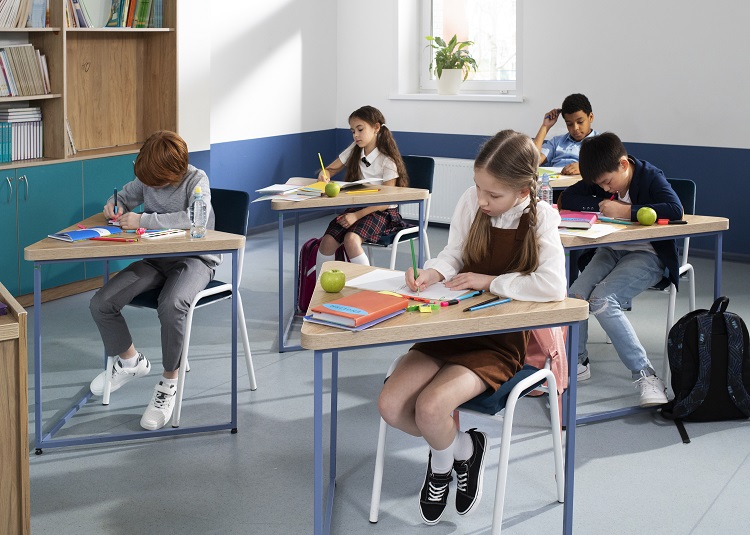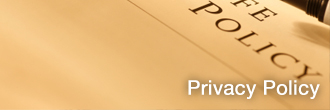 English
English ภาษาไทย
ภาษาไทย
CLC’s Purpose is to educate you about the religion and about the world change like business, health, travel etc.
Some Differences between Public, Private, and International School in Thailand That You Should Know
Share this content.
Public, private, and international school in Thailand offer distinct educational experiences, catering to a variety of needs and preferences. Here are the key differences among these types of schools
1. Ownership and Funding
- Public Schools: Public schools in Thailand are government-funded and run by the Ministry of Education. They are open to Thai citizens and provide free education.
- Private Schools: Private schools are independently owned and funded by private organizations, educational companies, or individuals. They may offer both Thai and international curricula.
- International Schools: International schools are also private schools, but they focus primarily on offering internationally recognized curricula, such as the International Baccalaureate (IB), British curriculum (e.g., IGCSE, A-levels), American curriculum (e.g., Advanced Placement), etc. These schools cater to both Thai and expatriate students.
2. Language of Instruction
- Public Schools: The primary language of instruction in Thai public schools is Thai. English is usually taught as a foreign language.
- Private Schools: Private schools may offer a bilingual approach, with some subjects taught in English and others in Thai. Some private schools may also have international programs with English as the primary language of instruction.
- International Schools: International schools typically use English as the primary language of instruction. They might also offer language classes for students to learn Thai and other languages.
3. Curriculum
- Public Schools: Public schools follow the Thai national curriculum set by the Ministry of Education. The curriculum is in line with the Thai education system and focuses on Thai language, culture, and history.
- Private Schools: Private schools may follow the Thai national curriculum or offer alternative curricula such as the Cambridge curriculum, American curriculum, or a blend of both.
- International Schools: International schools offer globally recognized curricula such as the International Baccalaureate (IB) or other international standards, which provide a more globally oriented education.
4. Student Diversity
- Public Schools: Thai public schools mainly serve Thai students, leading to a predominantly Thai student population.
- Private Schools: Private schools might have a more diverse student population, including Thai students and students from different countries or cultural backgrounds.
- International Schools: International schools have a highly diverse student body, with students from various nationalities, cultures, and backgrounds, including both expatriates and local students.
5. Fees and Affordability
- Public Schools: Public schools in Thailand are free for Thai citizens, making them more accessible to the general public.
- Private Schools: Private schools require tuition fees, and the costs can vary significantly depending on the school's reputation, facilities, and curriculum.
- International Schools: International schools typically have higher tuition fees compared to regular private schools due to their focus on international curricula and facilities.
6. Facilities and Resources
- Public Schools: Public schools may have more limited resources and facilities compared to private and international schools.
- Private Schools: Private schools usually have better facilities and resources than public schools but may not be as extensive as those found in international schools.
- International Schools: International schools often boast state-of-the-art facilities, including well-equipped classrooms, science laboratories, sports facilities, libraries, and extracurricular activities.
It's essential to research and visit schools to understand their specific offerings, teaching methods, and suitability for your child's education and needs.












